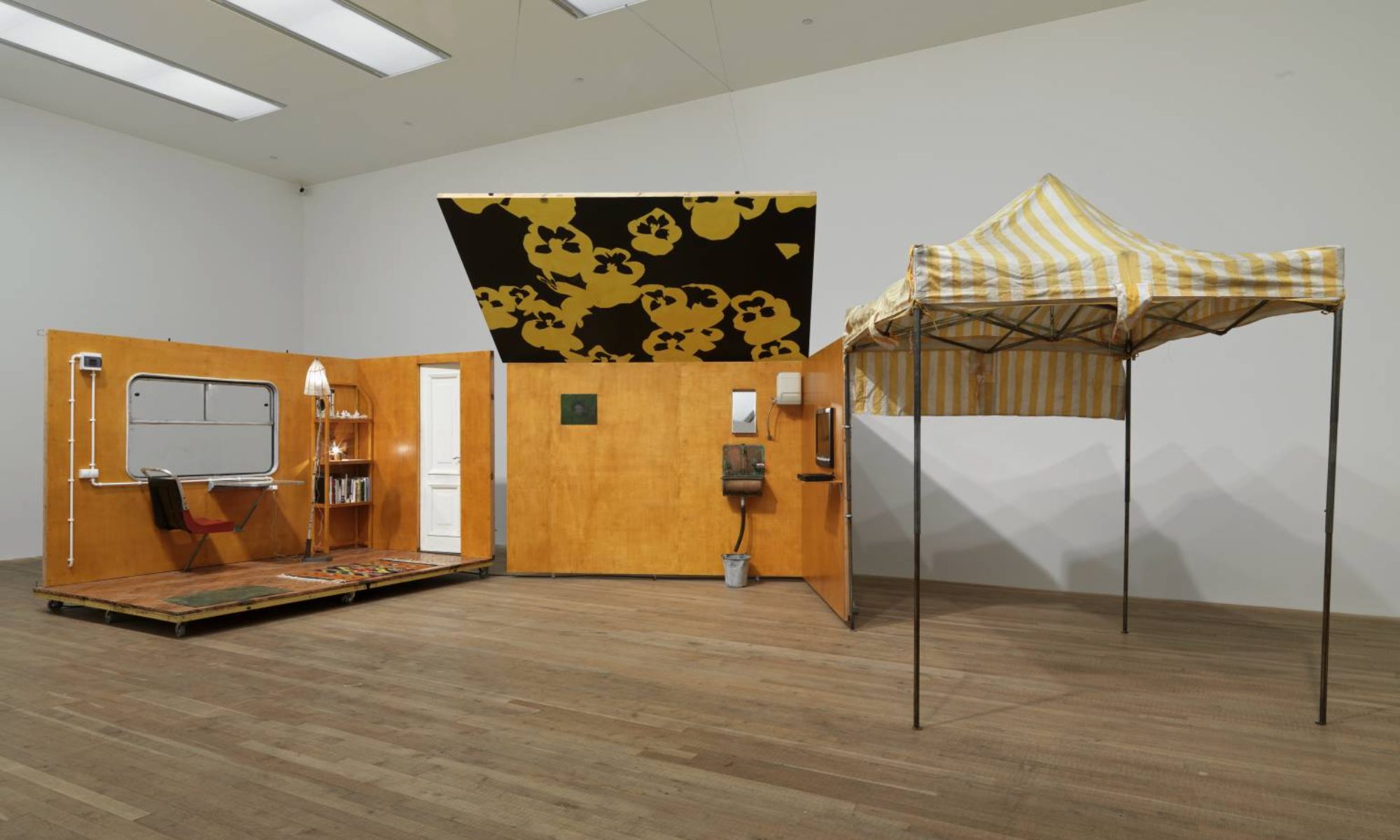Slang as a concept is fascinating – little verbal workarounds and implied connotations to construe a concept. It is not always used for the best means – how many slang terms were created on sexist, racist, heteronormative grounds? – nor is it always sourced properly – how many slang terms are taken from AAVE and then profited off of from majority white entities? – but it is a cultural machine, nonetheless.
And yet, slang has largely two paths laid out before it. It’ll either get absorbed into the English language, thus becoming mainstream, or it falls out of use. Interestingly enough, either path tends to strip the slang of its original context (and frankly, so does the act of popularizing and using slang, such as staples of drag culture falling out of ballrooms and into the Twitter blogosphere). When you read lists of old slang, you’re often left wondering the wheres, whys, and hows. To get NSFW for a second, check out this Wikipedia list of sexual slang terms. Some are recent (himbo is one, which I find hilarious), some are mainstream, some are completely new (“Swaffelen”, anyone?). But a lot of them bend words and roots we may or may not be familiar with into a definable word – a fascinating act.
I feel as if it would be a fun exercise for you to take a list of slang words, select one or two, and write a poem centered around the concept, or taking imagery from it. Take “the bee’s knees”, which is occasionally used somewhat ironically but was in fact in full linguistic force first to describe something insignificant, and then changed meanings to be something cool – imagine a poem about bees swarming around and inside your knees, or other bones. “Don’t have a cow”? What would the process be for a women giving birth to a cow, anyway? Probably messy. There’s a lot to work with there.

I think this would make such a cool poem! A poem made entirely out of slang terms for sex reminds me of the blonde joke poem we read in class. I hope you choose to write this!